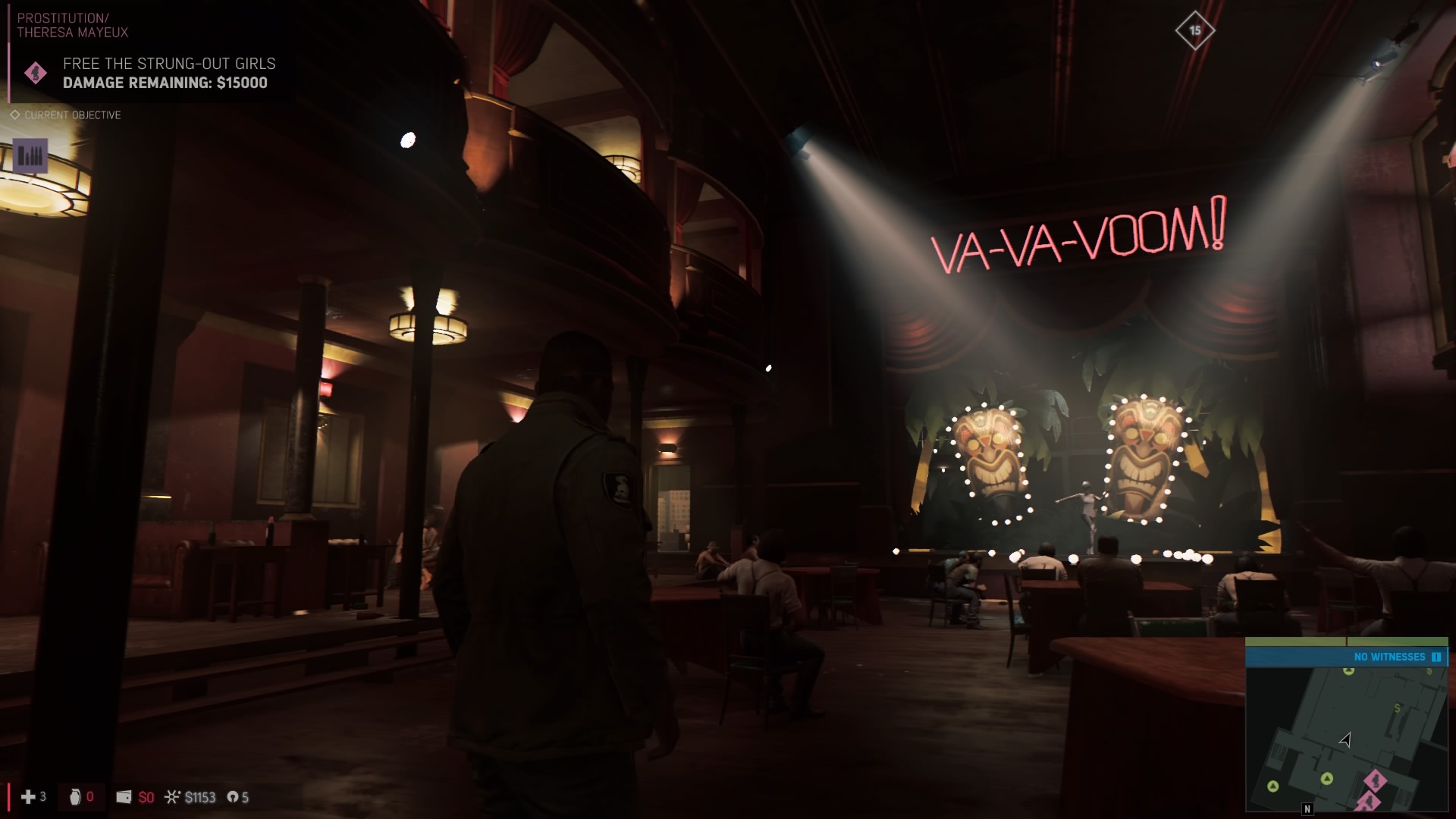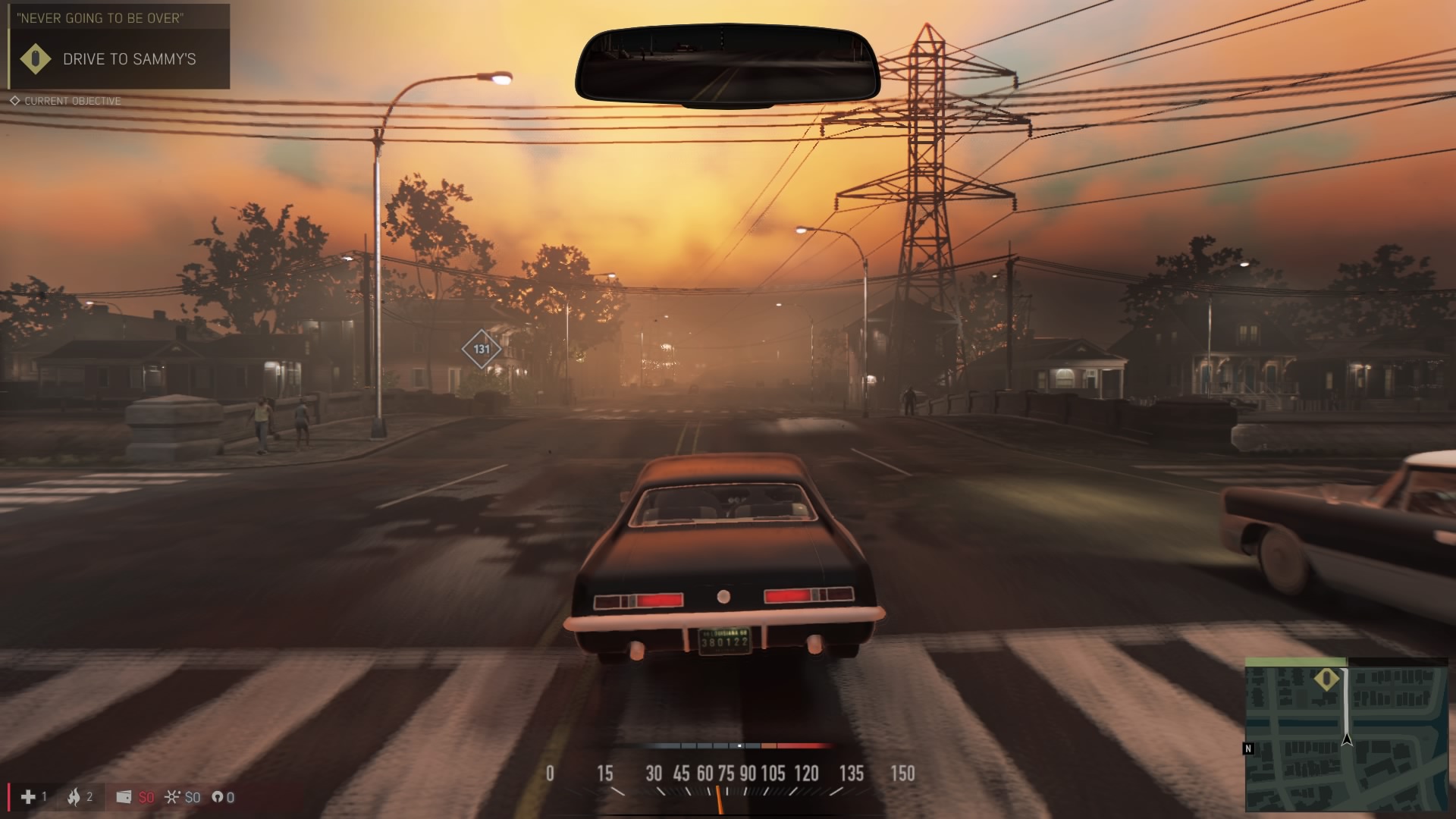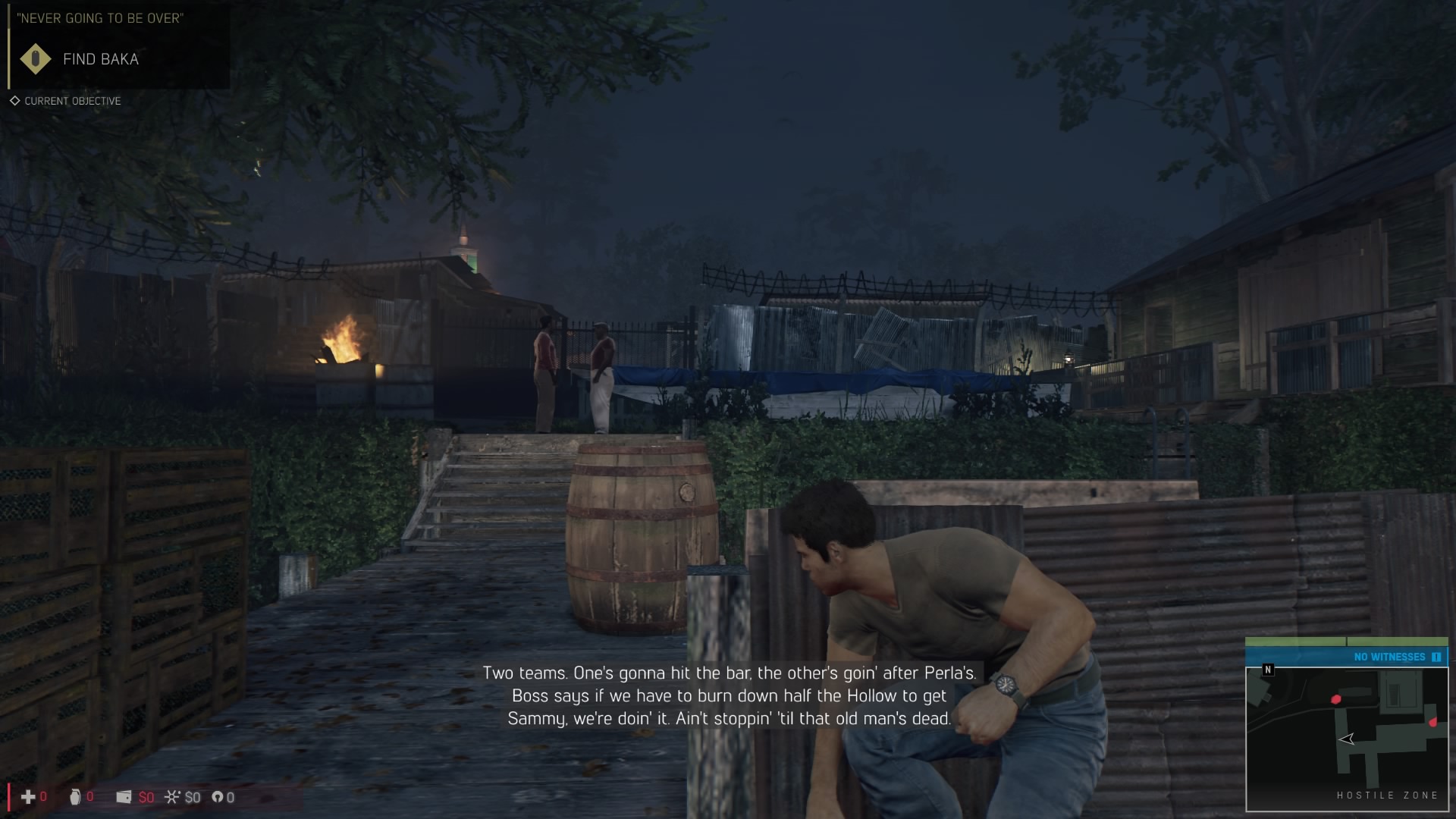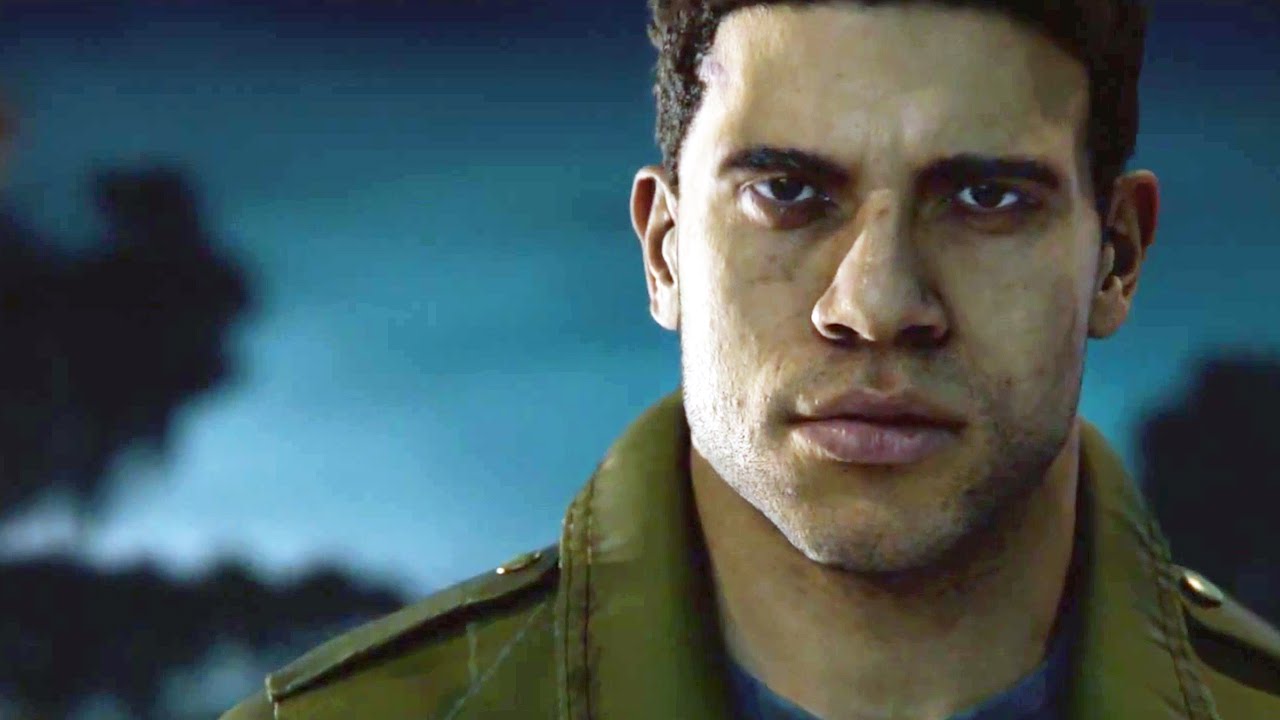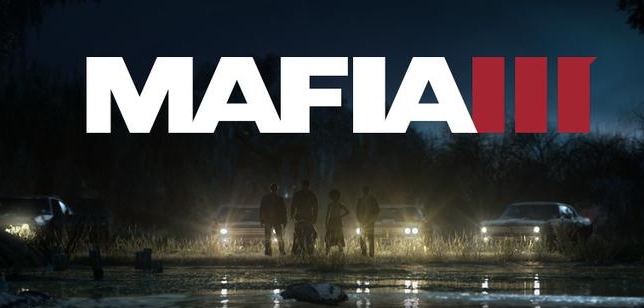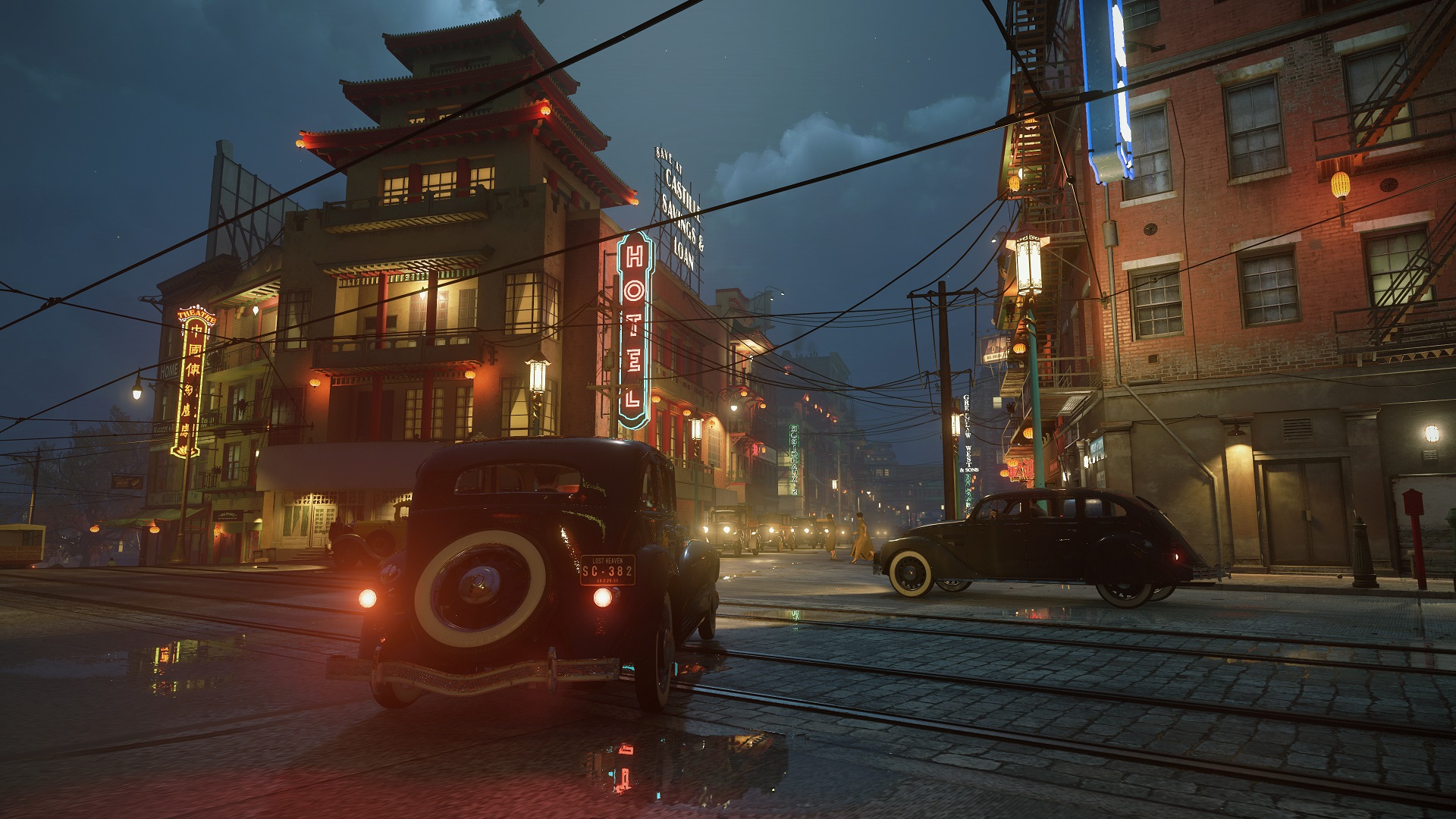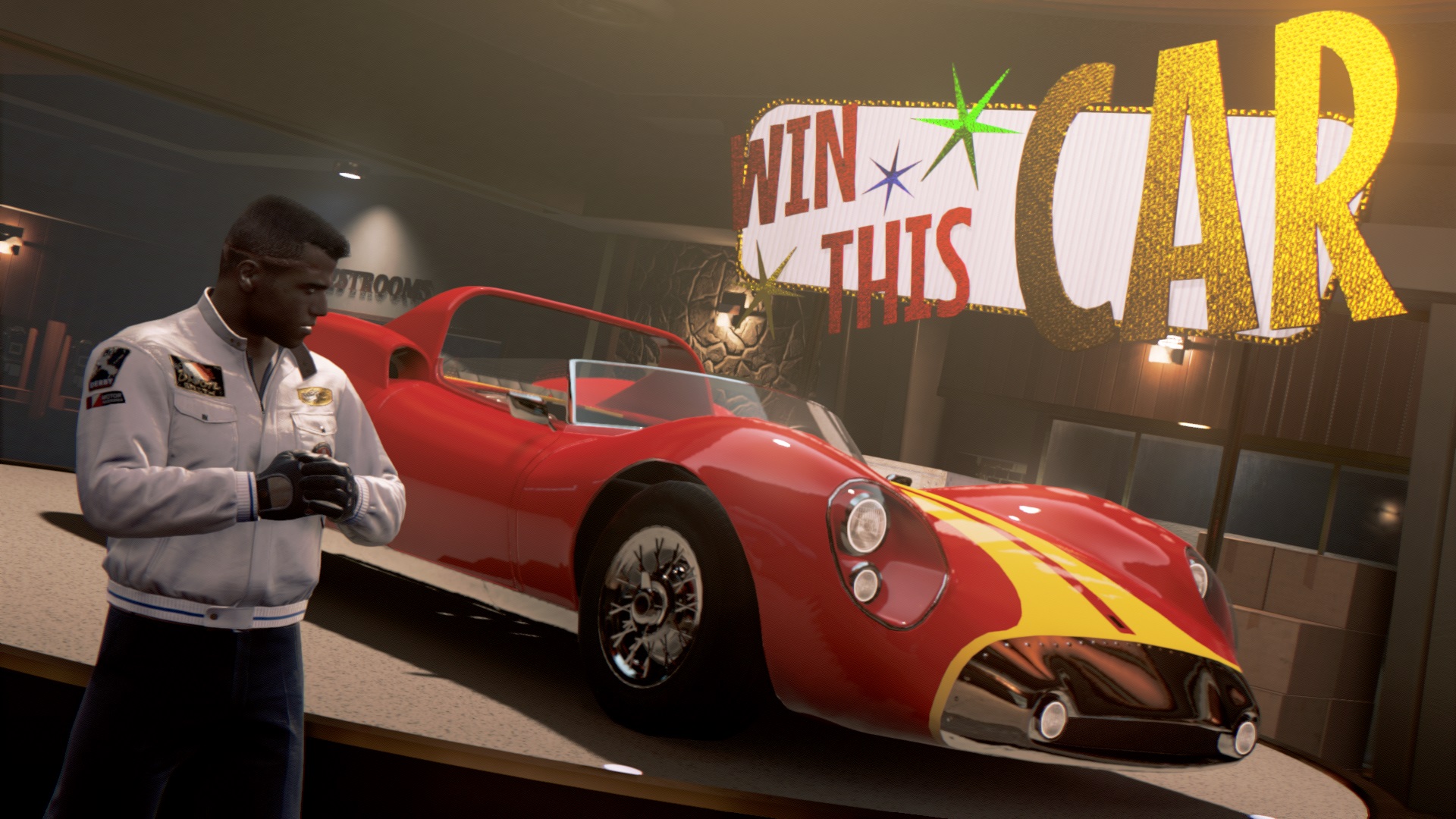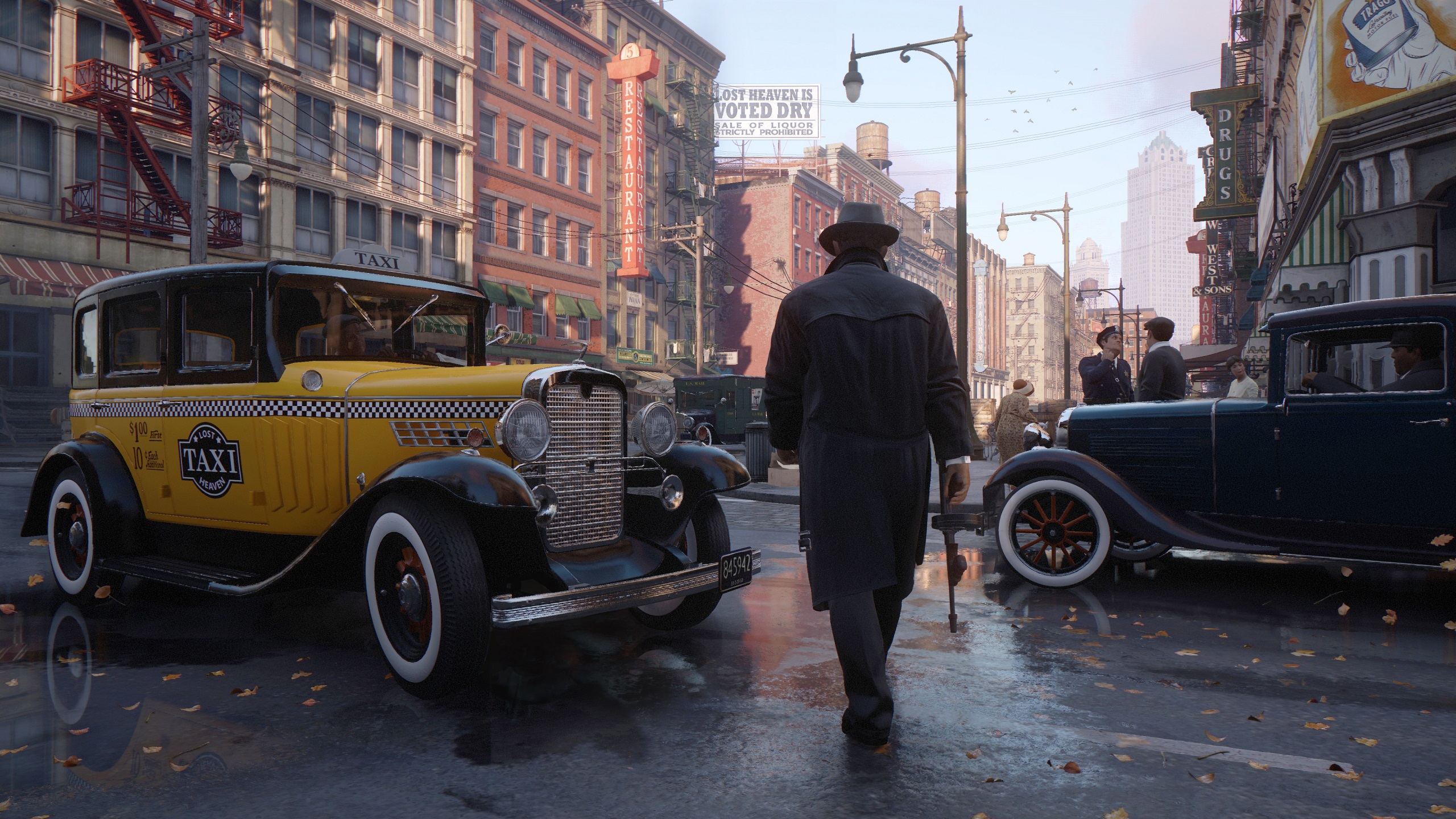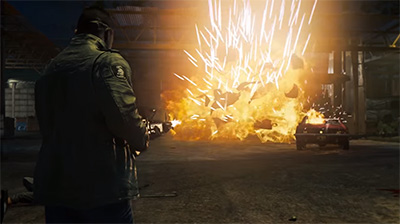
In its opening hours, Mafia III is extremely cutscene heavy – but in a good way. The dialogue and tone is actually very good, as are the voice actors’ performances, as the setting and era are established along with the key players of the story. It feels very much like the early episodes of a comfortable Netflix series that I was quite looking forward to binge-watching.
The story jumps ahead a couple of decades from Mafia II to 1968, in the fictional town of New Bordeaux (obviously a riff on New Orleans). Lincoln Clay has just returned from his service in Vietnam to his adoptive family, who run the black mob in town. His plan is to visit his friends, pay his respects, then move on to an honest life in California – however, given this is a Mafia game you can guess this is not to be. After a vicious double-cross by the Italian Mafia, Clay is stripped of everything he cares about and left in a coma. As soon as he awakens, there’s just one thing on his mind – revenge.
The story is presented at times as a faux-documentary, with interviews collated from federal inquiries, to personal interviews with people who knew Clay at the time. While there is a little too much Tarantino-style non-linearity, especially at the start, it’s actually a pretty well used plot device. The way people speak about Clay and the terrors he inflicted on the city, it all lends a certain gravitas to the story, and makes you want to see the story through to its conclusion.
The characters too are very well executed, with outstanding voicework from all of the leads, but the setting also deserves mention. Seeing as you’re more or less in New Orleans, the developers have taken the liberty to include everything that choice implies – from Mardi Gras in the streets, to airboats down the bayou, to above-ground cemeteries and even swamp-themed amusement parks.
There’s a lot of beautiful personality to the city, but the game doesn’t shy away from the ugliness either. Mafia III takes pains to mention in an introductory disclaimer that racism was part of the time the game was set, and is represented as such in the storyline. It manifests in certain ways – how some characters treat Clay, or how the Italian Mafia perceives the black mob, but also seems to inform certain gameplay mechanics. When you steal cars, you don’t just have to be worried about police seeing you – but active citizens who spy your misdoings and become ‘witnesses’ who run to the nearest phone booth to report your crime. True, you are doing something illegal which should be reported, but it makes feel like you should be a lot more careful on the streets. It’s a smart way of conveying the tension of the time into gameplay.
So, there are a lot of things to like about Mafia III – however, those things tend to dwindle the further you play through. In the first few hours, the game progresses fairly linearly, directing you from quest to quest around the map, with some pretty cool set pieces spotted throughout. I’m fine with GTA-style games that do this, if they can keep me engaged with an interesting storyline – something which Mafia II did quite well. It’s around the time you free the first district of the map, The Hollows, that you begin to identify the pattern that takes up the majority of Mafia III.
Essentially, Clay has to take back New Bordeaux from the Italian Mob. This involves taking down existing rackets in a certain district, from prostitution to trafficking drugs to killing key figures, to draw out capos, and eventually underbosses working for the Mob, and recruit or assassinate them. The basic gameplay behind all of this usually requires sneaking around an enemy camp, interrogating or killing a certain figure, then moving on. There are exceptions to this – for instance, some interrogations can occur in cars, where you drive as insanely as possible to strike fear into your victim. However, it doesn’t take long for the repetition and grind of taking over the city piece by piece to set in.
This isn’t helped by average combat and stealth mechanics. Enemy AI is a bit all over the shop, occasionally soldiers will spot you from miles away, yet at other times appear dumb, deaf and blind as you murder their buddies around them. Basic cover shooting mechanics are in place, with a reasonable variety of handguns, submachine guns, machine guns, shotguns and rifles – but if you’re smart you can generally stay out of unscripted gunfights. Stealthing around missions lets you listen in on more enemy dialogue, and helps flesh out the story – details you miss if you charge in guns blazing. But, there’s no real element here for the game to really hang its hat on. The gunplay is fine, usually. The stealth mostly works fine. It’s just mostly in the service of bog-standard story missions or side missions that don’t show the imagination or tailored design of earlier sections of the game.
Once you have control of a district, you can assign it to one of your underbosses, which is an interesting idea in theory, as favouring one underboss over another can have repercussions through the rest of the game. Certain items and perks are linked to one boss having more control than another; for instance, I more or less ignored Cassanda as I couldn’t really give a toss about her throwable voodoo dolls, but found Vito’s perks much more useful.
You’re unable to manually save, which combined with the game’s propensity for bugs, can make things a bit trying. I’ve died midway through a raid on an enemy stronghold, only to be reset back to a location from a firefight two missions ago – meaning I had to drive all the way across the map (with no fast travel). A quick look on YouTube will reveal that others have had far worse experiences, but I’ve still had cars parked only seconds ago disappear from existence, other cars fail to start up at all, and physics get funky when in car crashes.
However, not to end on a negative note – I did very much enjoy the soundtrack to Mafia III, as it features a pretty stunning range of great music of the time, from Jimi Hendrix to Jefferson Airplane. It’s actually a game I’ve left idle on my TV just so I could get some of the tunes pumping through my home sound system while I worked on other things.
There are quite a few things I like about Mafia III, chiefly coming from its great story, characters, setting and music. If that’s enough to sell you on the game, then it’s definitely worth checking out, as there aren’t too many games out there that really show off New Orleans (sorry, New Bordeaux) as well as Mafia III does, and it’s easy to become immersed in its presentation. However, the repetitive grind of the gameplay rears its head sooner rather than later, lengthening the game but lessening the overall experience. If Mafia III really was a Netflix series, I wouldn’t hesitate to recommend binge-watching it. Alas it is a game, so if you must play it, I have to suggest small sittings spread over the course of a few weeks.
-Very well done story and characters -Great voice acting -Interesting city -Some good set pieces
-Settles into repetition for most of the game -Spotty AI -Bland stealth and combat mechanics -Buggy

